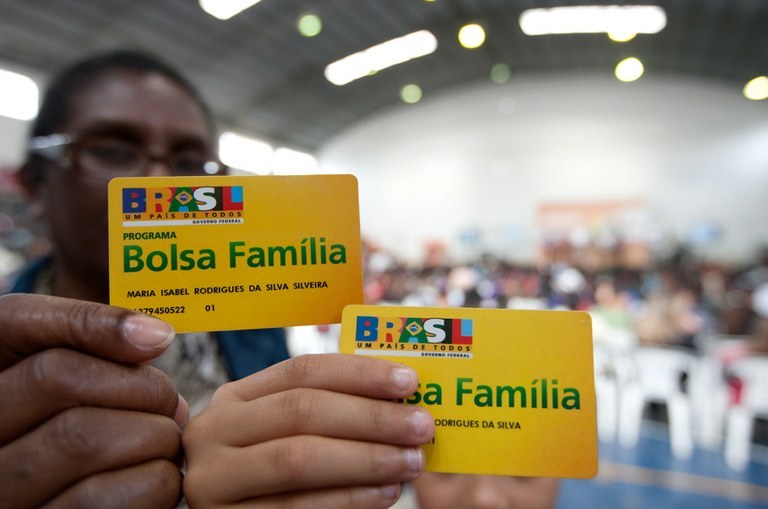How to register for Bolsa Família
The Bolsa Família program is a fundamental initiative of the Brazilian government aimed at combating poverty and social inequality across the country. This program not only provides support financial to families who need it most, but also encourages school attendance and health monitoring, with the aim of promoting the long-term well-being of future generations.
Given the significant impact of Bolsa Família on the lives of millions of Brazilians, understanding the registration process for this program is crucial. Therefore, this article will detail how to register for Bolsa Família, repeatedly emphasizing the importance of the program and how to access it.

Understanding Bolsa Família
Before diving into the details of how to register for Bolsa Família, it is important to understand what the program is and its objective. Bolsa Família seeks to provide financial assistance to families in situations of poverty and extreme poverty, helping them overcome their situation of vulnerability Social. The program is aimed at families living with a per capita income below a certain threshold defined by the government.
How to register for Bolsa Família?
To register for Bolsa Família, families must first meet certain eligibility criteria. Essentially, the program is aimed at families in situations of poverty or extreme poverty. This means that families interested in registering with Bolsa Família must have a monthly per capita income of up to R$ 89.00 to be considered in extreme poverty, or between R$ 89.01 and R$ 178.00 to be classified as poor families. as long as they have children or teenagers aged 0 to 17.
Adverts
Step by Step to Register for Bolsa Família
- Single Registry (CadÚnico): The first step to registering for Bolsa Família is to be registered in the Single Registry for Social Programs of the Federal Government. CadÚnico is a tool that allows the government to identify and understand the socioeconomic reality of Brazilian families. To sign up for CadÚnico, you need to look for the sector responsible for the program at your city hall or the nearest Social Assistance Reference Center (CRAS).
- Required Documentation: To register with CadÚnico and, consequently, with Bolsa Família, families must present documents that prove their identity and socioeconomic situation. This includes identification documents for all family members, proof of residence and income, among other documents that may be requested.
- Data update: Once registered with CadÚnico, it is vital that families keep their information up to date, especially if there are changes in family composition, address or income situation. A regular update ensures that eligibility for Bolsa Família is assessed correctly.
- Assessment and Inclusion in the Program: After registering with CadÚnico, families eligible for the benefit are selected based on the data provided. It is important to note that being registered with CadÚnico does not automatically guarantee receipt of the benefit, as the program has specific selection criteria and a limit on available resources.
Importance of Updating Registration in Bolsa Família
Keeping data updated in the Single Registry is essential for families to continue receiving the benefit. Any change in family composition, income or address must be communicated to CRAS. This update is crucial because the government uses this information to determine who is eligible to continue in the program.
Bolsa Família conditions
In addition to registering for the program, beneficiary families must meet certain conditions related to health and education. This includes ensuring that children and adolescents attend school regularly and that their vaccination records are up to date. These conditionalities reinforce the program’s commitment to the long-term development of families beneficiaries.
Conclusion
The process of how to register with Bolsa Família is a fundamental step for families in situations of poverty and extreme poverty to access this important financial support. Bolsa Família represents an essential pillar in the fight against social inequality in Brazil, providing not only financial assistance, but also encouraging education and monitoring the health of benefiting families. By following the steps outlined and keeping data up to date, families can maximize their chances of benefiting from this crucial program.
Adverts











